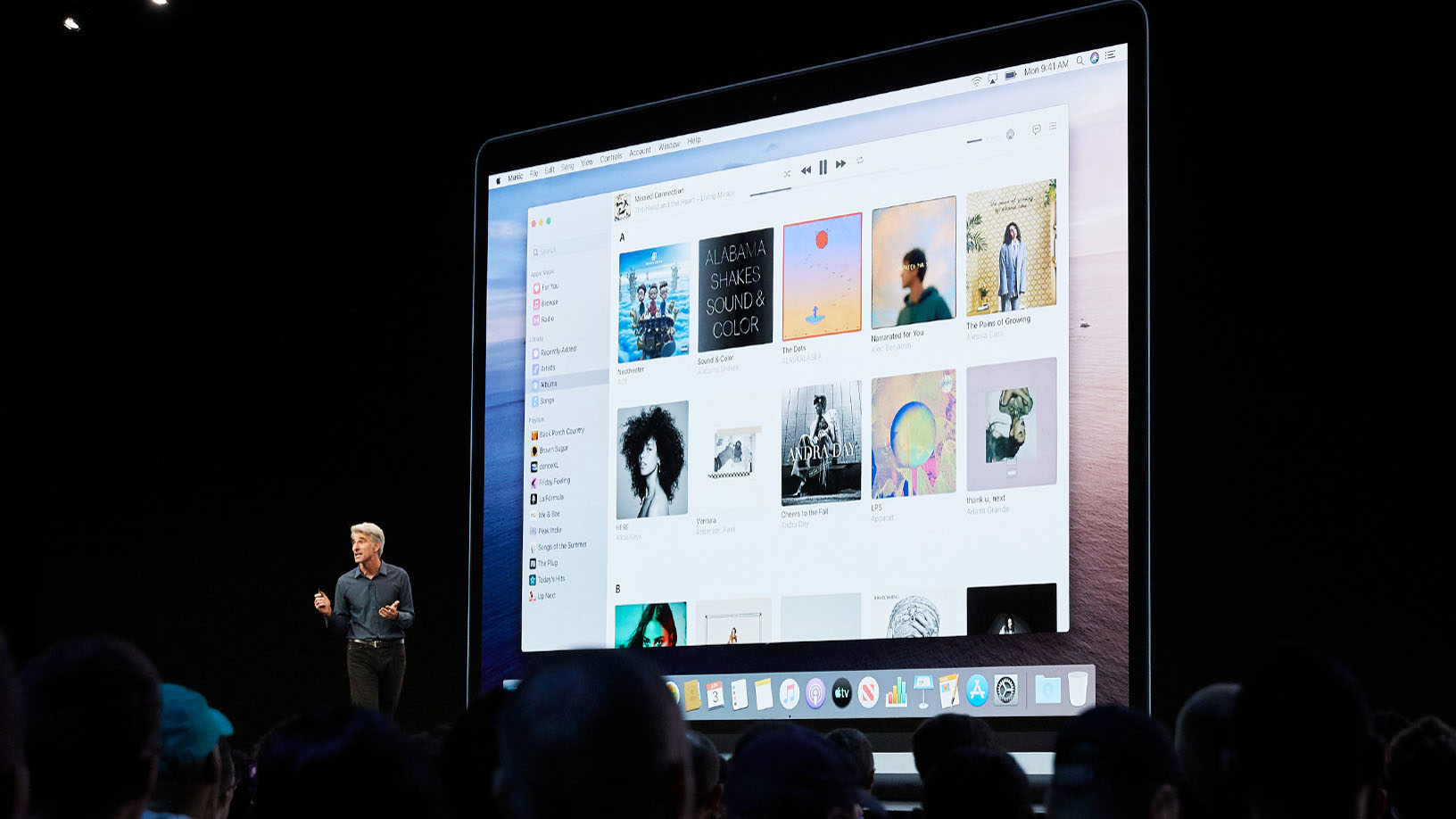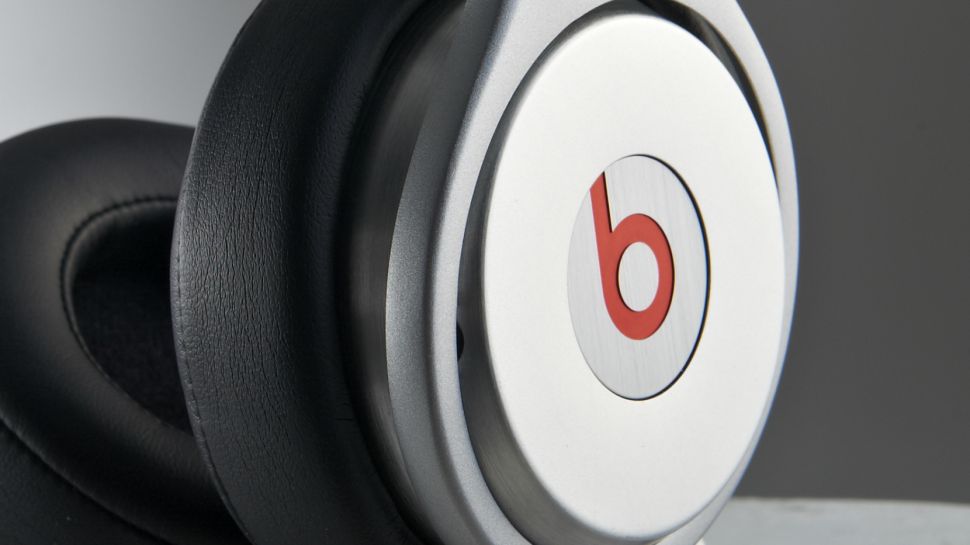iTunes’ greatest hits: the app’s greatest successes (and failures)
Here's to the last 18 years

Apple’s worldwide developer conference (WWDC 2019) was unusually busy this year, with an impressive array of new products and technologies on show. However, one truly landmark announcement was the news that Apple’s veteran iTunes app had finally reached the end of the road.
In truth, this decision was probably long overdue. Long criticized for ‘feature bloat’ that saw Apple adding unwieldy new features year after year, iTunes will be split into three separate apps when the next version of the macOS, codenamed Catalina, arrives later this year.
Music is heading over to Apple Music, while podcasts and video are heading to Apple Podcasts and Apple TV, respectively.
But there’s no doubt that, since its launch in 2001, iTunes has been a key player in the digital music industry, introducing the first online music store, as well as podcasting, film rentals and even ultra-high-definition 4K video. So here’s our personally curated playlist of the most important moments in iTunes’ history.

1. iTunes arrives (2001)
Apple's credited with revolutionizing the music industry with iTunes, but when Steve Jobs took to the stage in January 2001, he admitted that “there’s a revolution happening in music – and we’re late to this party”.
A number of other companies had already started to develop apps and software for playing music on personal computers, including a little known software publisher called Casady & Greene, with its popular SoundJam app. Apple smartly bought SoundJam from the company in 1999, and two years later it metamorphosed into iTunes 1.0 – and changed the music industry forever.

2) The iTunes Store (2003)
Early versions of iTunes were primarily focused on copying music from CDs that people already owned, and then playing it from a computer or iPod. Then in 2002, Apple introduced the iTunes Store, which allowed people to legitimately buy albums and individual songs online for the first time – rather than pirating them off Napster for free.
Sign up for breaking news, reviews, opinion, top tech deals, and more.
Just as importantly, Apple also released a Windows version of iTunes for the first time. Apple’s Mac computers were vastly outnumbered by Windows PCs – as they still are – so this was a crucial strategic move for Apple that opened up the iPod and the iTunes Store to a vast new audience (and paved the way for the arrival of the iPhone a few years later).

3. The podcasts are here (2004)
One of the more overlooked achievements of iTunes is its early role in promoting podcasts. Apple added a podcast section to iTunes way back in 2004, giving a huge boost to this new form of broadcasting, and leading to the worldwide success of podcasts such as Lime Street and Serial.
Spotify, in contrast, has only recently started to spend money on buying up podcast producers in order to boost its subscription numbers.

4) The iPhone cometh (2007)
In 2006, the iTunes Store reached a landmark, with 1 billion song sales, and the success of the iPod. This set the stage for Apple’s greatest hit – the world-conquering iPhone, which was launched in 2007.
The success of the iPhone had a knock-on effect for iTunes as well. With millions of people now listening to music on their shiny new smartphone, sales of music downloads were skyrocketing, and in 2007 the iTunes Store established itself as the biggest seller of music in the USA. Apple topped the year off by finally talking Led Zeppelin into putting their music on iTunes as well.
- The best iPhone deals this month

5) Steve who? (2010)
The Beatles held out a bit longer, but the Fab Four finally arrived on iTunes in 2010, round about the time that it also hit the landmark of 10 billion downloads – which made it the biggest music store in the entire world.
The landmark sale went to Johnny Cash, with his song “Guess Things Happen That Way”. The buyer was 71-year-old Louie Sulcer in Georgia, who received a phone call and $10,000 iTunes gift card from none other than Steve Jobs himself. Mr Sulcer’s response? “Yeah, right – c’mon, who is this?”

6) Ping pongs (2010)
It wasn’t just hit after hit for iTunes, though. With Apple adding more and more features every year, the app was increasingly criticized for being bloated and clumsy to use.
But iTunes’ first major failure was Ping, introduced in iTunes version 10 in 2010. Ping was an attempt to keep up with the arrival of social media platforms such as FaceBook and the more music-oriented Myspace, allowing music fans to share favorite tracks and keep up with news from their favorite artists.
It had a high-profile launch, promoted by Lady Gaga and ColdPlay, but Ping soon found itself plagued by spam and trolls using fake accounts, and it was dead and gone by the time that iTunes 11 arrived in 2012.

7) Go with the flow (2012)
The Ping hiccup didn’t affect sales, though, and by 2011 the iTunes Store had reached a historic 15 billion downloads. But the next version of iTunes – version 11, in 2012 – marked another mis-step.
With more and more features causing the app’s interface to creak at the seams, it was kind of ironic that a behind-the-scenes legal battle actually forced Apple to remove one of its most popular features.
The ‘Cover Flow’ mode was a really nice option for ‘flicking’ through album artwork on the screen of a computer or smartphone, but it was removed in iTunes 11, prompting widespread criticism.

8) Et tu, U2? (2014)
One of the biggest disasters in iTune’s history had nothing to do with its bloated list of features, or its unwieldy interface. In 2014, Apple held a big launch event for the new iPhone 6, and called in U2 to perform a song from their new album, Songs Of Innocence. “Wasn’t that the most incredible single you ever heard,” gushed Apple’s Tim Cook. “We would love a whole album of that.”
So Apple gave a free copy of the album to all 500 million iTunes users – whether they wanted it or not. The new album was automatically downloaded onto your device without asking permission, prompting a worldwide backlash, and a somewhat shame-faced “oops, sorry about that”, from the ever-modest Bono.

9) Apple meets Beats (2015)
Steve Jobs admitted that Apple was slow getting started with iTunes, yet Jobs also resisted the new era of streaming music a decade later. While Spotify was signing up millions of monthly subscribers, iTunes stuck to its guns and concentrated on selling music downloads, rather than offering subscription-based streaming as an alternative.
But, in 2014, Apple bought the Beats Music service from rapper Dr Dre and music producer Jimmy Iovine, swiftly relaunching it as Apple Music in 2015. “I’ve always known in my heart that Beats belonged with Apple,” said Iovine (although the $3 billion cheque that Apple coughed up for Beats Music and the Beats headphone brand might have had something to do with it).
- The best Beats headphones 2019

10) The era of streaming (2017 - ??)
In 2017, the revenue earned by streaming services such as Spotify and Apple Music overtook ‘physical’ sales of music on CD and vinyl for the first time.
The era of streaming had well and truly arrived – with Ed Sheeran apparently taking top spot on all the streaming charts. Although iTunes itself is now facing its final encore, Apple’s new Music app faces a bright future, with the Apple Music service recently reaching 50 million subscribers.
That makes it the most popular streaming service in the US, and it’s rapidly closing in on the worldwide 87 million paid subscribers of streaming king, Spotify.
Cliff Joseph is a former Editor of MacUser magazine, and a freelance technology writer with 30 year’s experience in the industry (and old enough to remember when Apple was close to going bust…).
His first job involved using Macs for magazine sub-editing and typesetting, which led to the realisation that these computer-thingies might actually turn out to be useful after all. After a few years specialising in the Mac side of the market, he went freelance and embraced the wide world of digital technology, including Windows PCs, digital audio and hi-fi, and networking. Somewhere along the line he also developed a bit of a gaming habit and has stubbornly waved the flag for Mac gaming for far too many years.